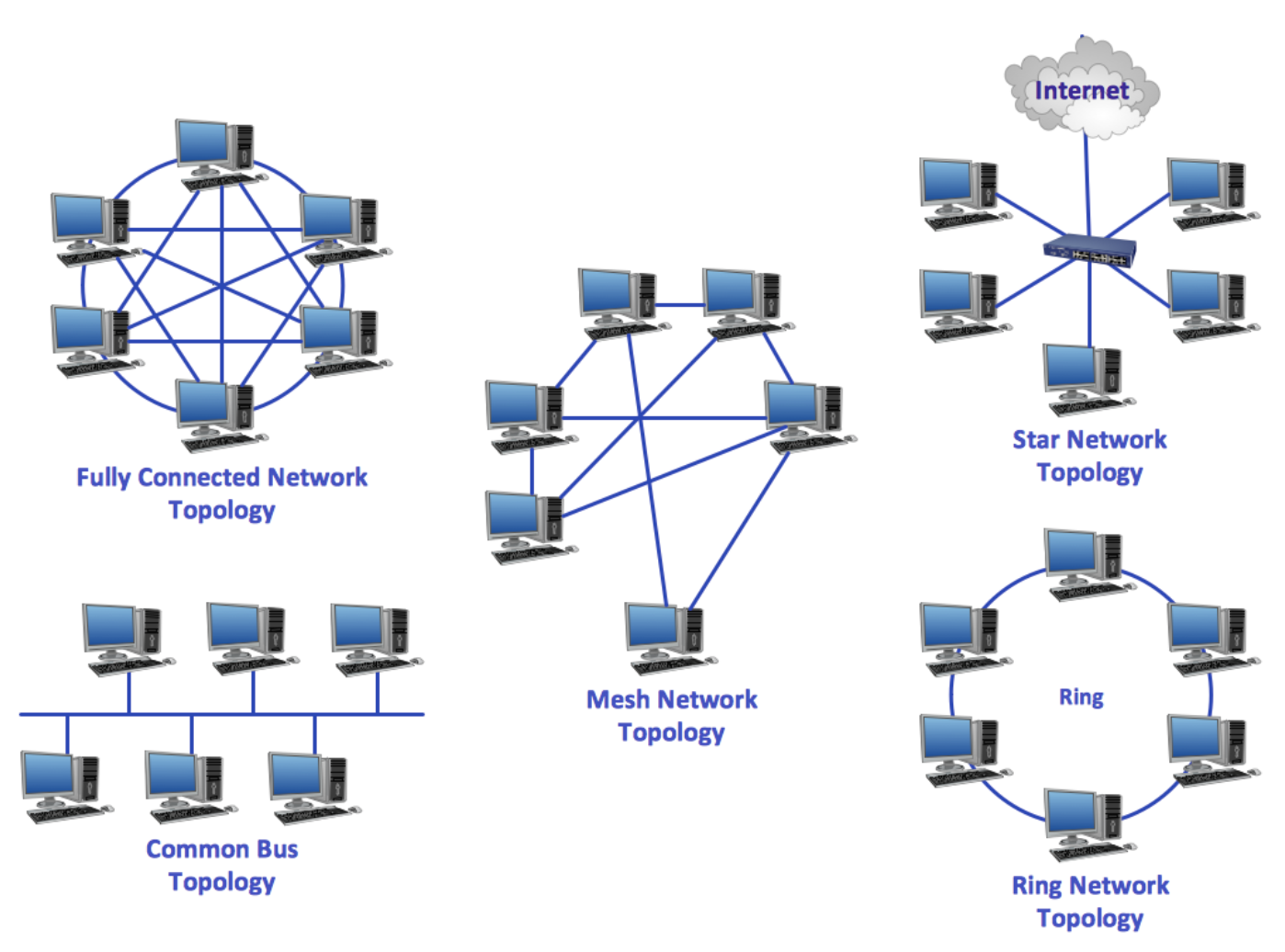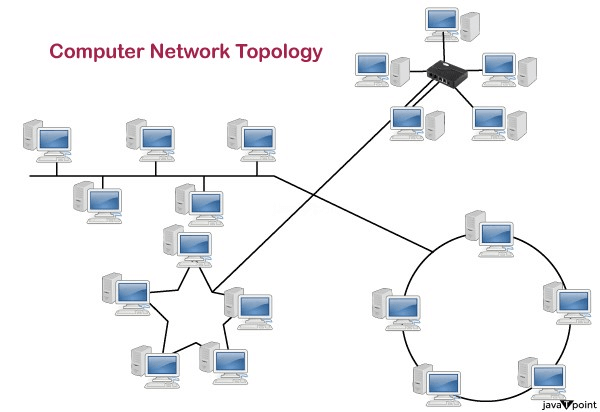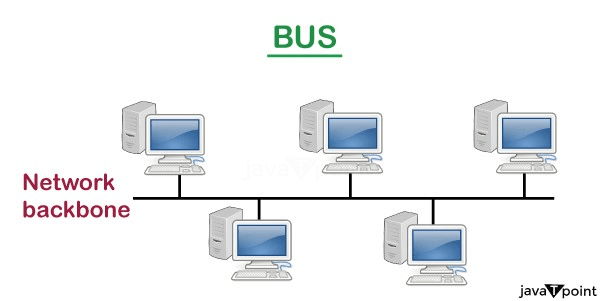Explain Different Topologies in Computer Network
BUS Topology Bus topology is a. When a topology is composed of two or more different topologies it is referred to as a hybrid topology.

The Various Types Of Network Topologies Swiss Network Security Swissns Gmbh
What is a Network Topology.

. Network topology is simply a geometric representation of the interconnections of the computer on a network. When two or more. The network topology in computer networks is categorized into 6 types based on the degree of security and connectivity which comes under physical topology.
Failure of one node or a segment of cabling should not render the whole network useless. It describes the actual layout of the computer network hardware. A network topology gives a representation of.
Encryption is used to ensure that messages can be sent securely over a network. The main cable can only be so long. They are Bus Network.
A Hybrid topology is a connection between different links and nodes to transfer the data. It also records a lesser number of network breakages and system breakdowns. The common types of network topologies are as follows.
This type of network is an actual layout of the. Mesh topology increases the network flow and data can be shared faster. Suppose a city is a computer network then its road map can be the topology.
The network performance is at stake and reduces if there are numerous nodes and heavy network traffic. You can design the city in different ways with various orientations for roads so that. In this section let us explain what is network topology and its different types.
Hybrid topologies are most-commonly encountered in larger enterprises. The term Topology refers to the way in which the various nodes or computers of a network are linked together. Main Types of Network Topologies Star Topology Ring Topology Bus Topology Tree Topology Mesh Topology Hybrid Topology In networking the term topology refers to the.
Network Topology is the schematic description of a network arrangement connecting various nodes sender and receiver through lines of connection. A physical topology describes the way in which the computers or nodes are. There are 2 types of network topology.
This tutorial explains network topologies Bus Star Ring Mesh Point-to-point Point-to-multipoint and Hybrid in detail with their advantages and disadvantages. The Different Types of Network Topologies. In computer networks there are mainly two types of topologies they are.
In a computer network there are mainly six types of physical topology they are. Bus topology Star Topology Ring Topology Mesh Topology Tree Topology Hybrid Topology Learn more about. Physical topology refers to the actual physical layout of the devices on the network.
Also known as Hierarchical Topology this is the most common form of network topology in use presentlyThis topology imitates as extended Star topology and inherits properties of bus. Network topologies protocols and layers Networks can be arranged in different topologies. The combination of various different topologies is known as Hybrid topology.
Reliability Network should be designed in such a way that it has minimum down time. The length of the cable is limited. Logical topology refers to how data is passed.
The computer network consists of two or more network components such as a. Two main types of network topologies in computer networks are 1 Physical topology 2 Logical topology. Network topology refers to the arrangement of computers connected in a network through some physical medium such as cable optical fiber etc.

Computer Network Topologies Javatpoint

Computer Network Topology And Their Types Vidyagyaan

Computer Network Topologies Javatpoint

Types Of Network Topology Top 6 Types Of Topology With Their Benefits
No comments for "Explain Different Topologies in Computer Network"
Post a Comment